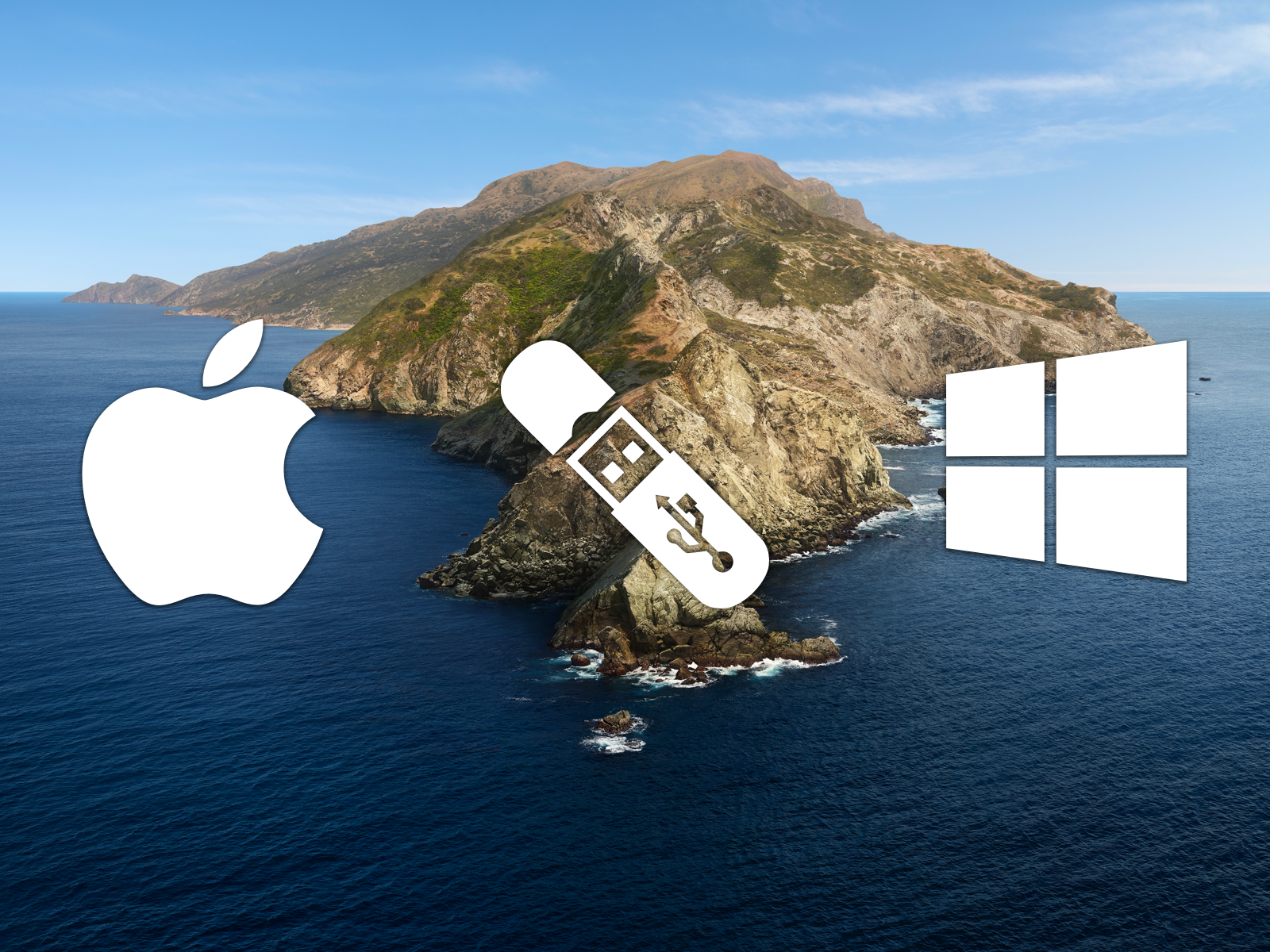Macbooks or iMacs hardly require reinstallation of their Mac OS, but when they do then it’s a fairly difficult process especially if your secondary computer is Windows. Reinstalling Mac OS is a time-consuming process and requires a lot of patience that’s why recommend doing this process in your free time or weekends.

To get started with you require a USB drive with at least 8GB storage (16GB recommended). Then you need a working Mac OS ISO or DMG Installation Image. You can download it from the Apps Store or you can find Mac OS Image at ISORIVER.
There are 2 Methods to Create a Bootable USB drive of Mac OS on your Windows PC.

Apr 10, 2020 Step 1: Right-click the software icon on desktop and select 'Run as Administrator' from the contextual menu.Choose 'Run' when prompted. Step 2: Insert your formatted USB drive, and click 'Burn' ta on the main screen. Step 3: Click 'Browse' button to import macOS dmg file into the program.And select the USB drive name from the second row. You can also set a volume labe for that USB drive.
Jul 08, 2011 When this is finished, your bootable Mac OS X Lion installer drive is complete! You can now boot any Lion compatible Mac with the USB drive, just plug the USB key in, hold down Option during initial boot, and select the drive. Here’s what you’ll see upon booting with the drive connected. Jul 24, 2015 Step 2: Format and make USB bootable. Plug USB into Macbook and run Disk Utility Select the USB drive in the left side Click on Erase Choose Mac OS Extended (Journaled) format Apply. Go to Partition tab Select 1 Partition at Partition Layout. Change the name to Untitled 1 from Untitled Click on Option. Create Bootable USB for Mac on Windows 10, Mac and Windows file system is completely different, so you are not able to create bootable USB for Mac with PowerShell, CMD or Rufus.If you remembered, till MacOS sierra the Apple file system was Hackintosh, but MacOS 10.13 High Sierra has the technology of Apple Filesystem. That’s why we can’t create bootable USB with Windows tools. To create your own Mac OS X recovery USB drive, all you need is a 1GB or larger USB drive. If you have a USB drive larger than 1 GB, you can create a 1.5 GB or 2 GB partition for the recovery drive because the creation process will erase the whole USB drive and use all of the available space no matter how large it is and the drive will become.
Create Usb Boot Disk Mac Os X Mavericks
Method 1: Using TransMac
- Download TransMac’s latest version for Windows from this link.
- Connect your USB drive
- Right Click on your USB drive option in TransMac and select Format Disk for Mac
- After that, right-click the USB Drive and select Restore with Disk Image
- Point to your Mac OS .dmg or .iso file by clicking the add button.
- After that TransMac will create bootable Mac OS USB within few minutes.
- Then you can insert it into your Mac, hold down the option key while turn on and boot your system with this USB.

Method 2: Using PowerISO
Create Bootable Mac Os Usb
Another disk image utility that you can use is PowerISO. It can be used for burning both ISO files and DMG files to USB to create a bootable drive. Follow the steps below to Create a Bootable Mac OS USB on Windows PC.
Step 1: Firstly Download PowerISO and install it in your Windows PC. Launch the app and insert a USB drive into your computer.
Step 2: Import the DMG / ISO file directly by clicking on ‘Burn’ in the toolbar.
Step 3: In the Burn window, select the DMG / ISO file from the Source File section.
Step 4: You can modify the settings to adjust burn speed. The default will be set to the maximum, so you can reduce that.
Step 5: You can choose to finalize the disk and verify it. Any errors in the bootable USB will show up at that point.
Step 6: Now click on “Burn” and wait for the progress bar to reach 100%.
After the successful creation of Bootable Mac OS USB, boot your Macbook from this USB drive by clicking the option button during bootup and select this USB drive.
Watch this Video Tutorial
That’s it for the tutorial If you face any issues or had any query then please let us know in the comment section below. You can also send us an email via the contact us page for personalized support.